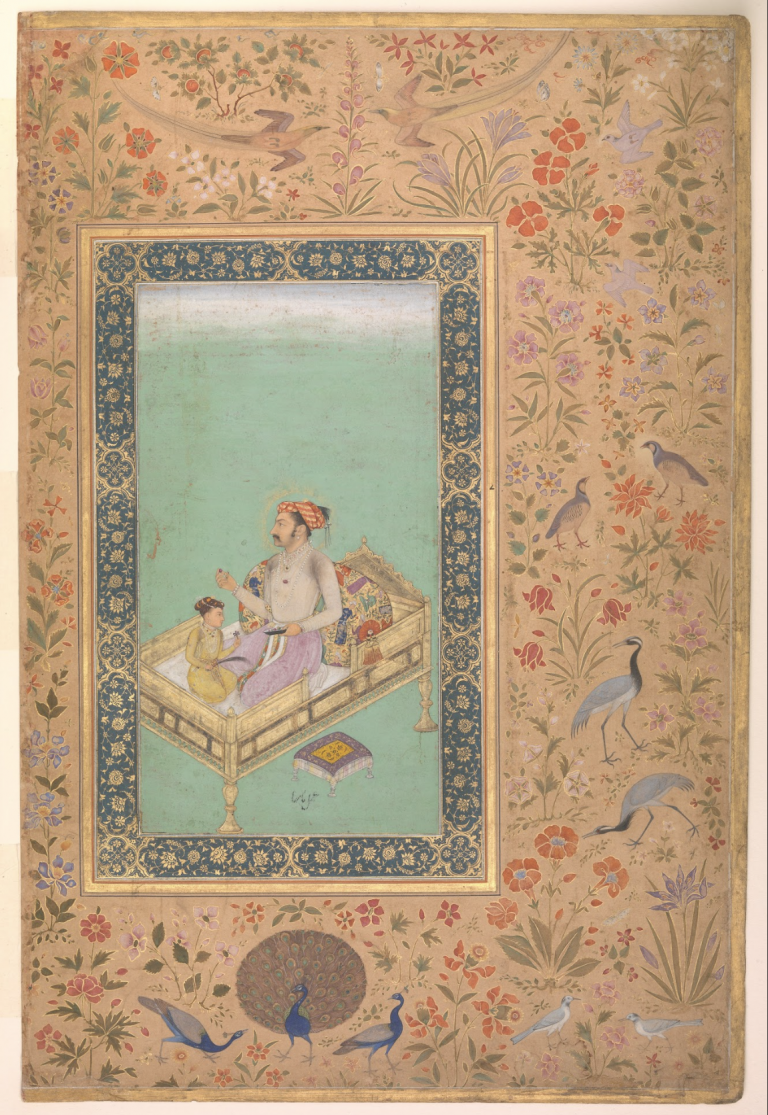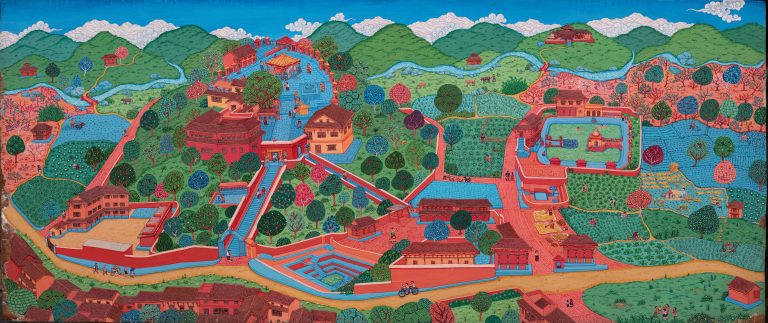
The art bubble has burst and does not look as though it will reappear anytime soon. The shallow, empty, pretentious art that was produced during the boom period has disappeared as have its purveyors. What implications does this have for the hydra-like enigma, which is the Calcutta art scene where some of the most significant art and artists thrive side-by-side with the most appalling, pompous and conceited stuff? As with the rest of the country, art consumerism had an impact on Calcutta as well (albeit, as always, on a modest scale). Money dragged art down and those who were shallow enough to have bought simply because they respected art’s fashionable status. There was also a partially visible folie à deux, at the heart of all this. On one side, new collectors believed that there was a network of experienced galleries and dealers who were supporting the value of the art they bought. On the other, the old collectors believed that there was a growing group of new collectors who would pay ever-higher sums for mediocre works of art. Once the new collectors had paid this price, they joined the group of old collectors who wanted to maintain and advance prices. Like two volatile chemicals coming together, these two dynamics produced an explosion in the market.

On the whole and with some very notable exceptions, the contemporary art scene in Calcutta is utterly mediocre. Still concerned with the long buried ghost of modernism and the errors of post-modernism there is a great deal of lethargy, confusion and vagueness about artistic practice which is partially because of the appalling state of art education which is still obsessed with antiquated methods and practices. The Calcutta art scene is facing a crisis. A few years ago there was too much money; now there allegedly isn’t enough. The media is in crisis. Theory is in crisis, nobody looks at anything but the images in magazines any longer. Curating is in crisis. Academic institutions are in crisis. With the exception of some (most certainly not all) departments at Rabindra Bharati University and Kala Bhavan at Santiniketan, the quality of art education is truly abysmal. There is nothing quaint about this as some would like to suggest. It is irresponsible and damaging. The professional critic – now considered almost irrelevant – is in crisis. Crisis, though, is good as it has the ability to shake up. If it changes Calcutta’s habits when it comes to looking at art, reading about it, or even making it, then that is even better. It is about time that the artists of Calcutta and Bengal engaged in a war against habit, complacency and utter indifference.
Moribund public institutions of art like the Academy of Fine Arts are also to blame for their complete apathy and neglect towards fostering anything akin to a robust cultural debate. Gone is the concern for exposing people to great works of art, instead replaced by art as an alternative economic activity. Given its rich cultural heritage, art was the space in which the Calcuttan found a true expression in the vitality of life as large crowds at even mediocre exhibitions demonstrated. The pain and the pleasure, the joy and the sorrow, the tedium and delirium. It allowed the viewer to transcend the mundane, to simultaneously zoom-in on the particular while also stepping-back far enough to understand the universal. It went beyond politics, beyond community and reflected not only the complexities and contradictions of what it meant to live and work in this city, but, in some way, attempted to make sense of the senseless.
Calcutta’s art scene is now very much fashion orientated and dealer-driven, suffering from a ‘glossy’ approach that has jettisoned the baby with the bathwater. This implies that artist’s voices have become swamped in other louder discourses usually tied hand and foot to finance. Notable exceptions to this are estimable artists’ initiatives like Khoj and galleries/foundations such as the Seagull Foundation and Studio 21. These days, most openings in the city are all about ‘networking’ and ‘making it’ rather than appreciating or indeed engaging with the works on show. There was a time when Calcutta artists had little hope of making money except in maybe the long term and they steeled themselves for many years of heated, lonely debate and art making activity in usually sub-standard conditions. There was a sense of community and a shared sense of what the ‘art world’ was and what was ‘significant’.

The art world was smaller but one could get a handle of the major developments and the significant figures as they emerged. This was pre-boom and pre-collapse, less fashionable and more successful and infinitely less shallow. It was fed and watered by and, therefore, bloomed under those who were genuinely concerned about the nature of art rather than the ‘swish-set’ which now dominates the Calcutta art scene and who are merely chasing a beguiling gravy train and to whom the artists have sold out on a scale that was hitherto unimaginable. During the boom, galleries and dealerships mushroomed all over the city and everyone was in a mad and frenzied race to catch up and cash in. Nobody could bear to criticize this position. After years of ‘struggle’ (a much favoured and bandied about term), the Calcutta art scene could afford to crow and objective criticism was thrown out of the window. As the purported antithesis to this, another group of artists (not quite an alternative scene but attempting to be one) was using buzzwords such as ‘locating one’s practice’ and making arcane and, frankly, irrelevant references to the likes of Derrida and Foucault.
All this having been considered, there is still a great deal of hope for the Calcutta art scene. There is no disputing the skill and creativity of the art student in this part of the world. Exposure to contemporary ideas and a concerted move away from dead-hand parochialism will do much to improve their quality of art making. The serious commercial players have weathered the economic crisis – some more bruised than others – and have, hopefully, learned from their follies. The future, arguable, lies in a more tolerant pluralism, one in which Calcutta will have not just one art scene but many scenes co-existing and co-habiting, indeed supporting each other. The crisis of criticism and theory will, in the fullness of time, be resolved if the issues mentioned above are dealt with. The next few years will be vital for the art world in Calcutta and Bengal in attempting to break free of its retrograde image and establishing itself once again at the forefront of national cultural and artistic debate and practice.













